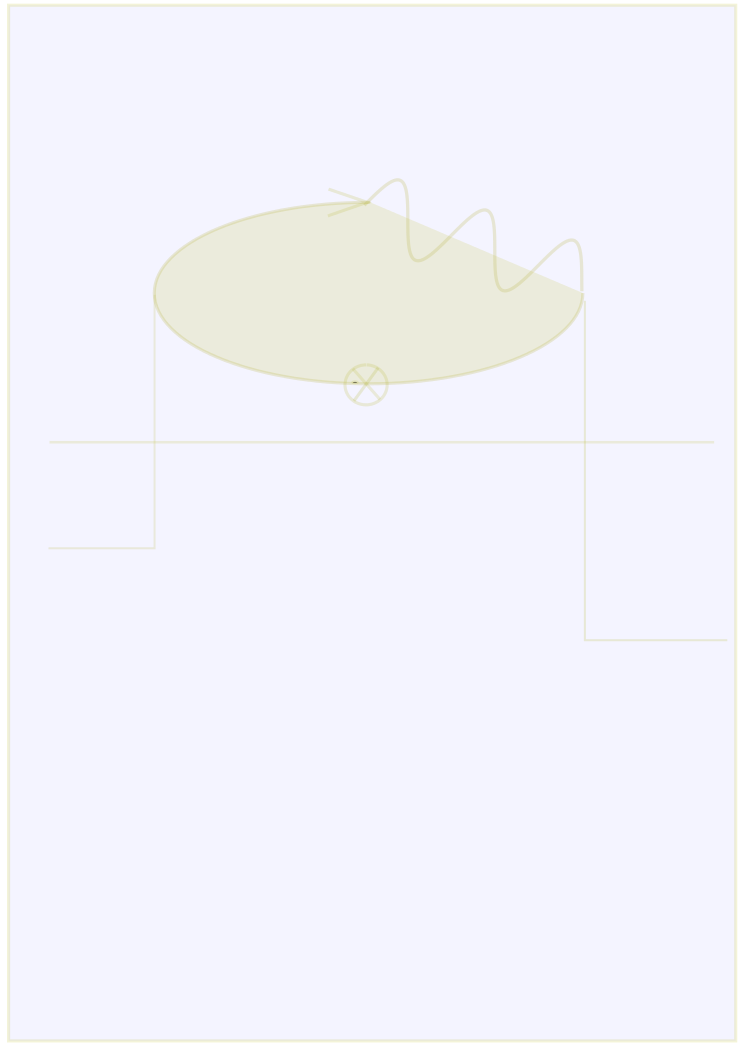
Infinite-dimensional Lie groups and applications
Dynamical symmetries of equations of mathematical physics
○ The Schrödinger-Virasoro Lie group & algebra: algebraic and geometric study.
The Schrödinger-Virasoro Lie (SV) algebra is the semi-direct product of the Virasoro algebra by an infinite-dimensional rank 2 nilpotent Lie algebra. The introduction of this algebra by M. Henkel in 19994 was motivated by the search for a local scale invariance in non-equilibrium statistical physics, modelled on conformal invariance at the origin of the integrability of numerous equilibrium d=2 models at their critical point, including the celebrated Ising and percolation models. Looking for substitutes of the conformal Lie algebra for dynamical models with dynamical exponent, one finds a number of potential candidates, including the SV-algebra. The '11 Springer book, written in collaboration with C. Roger,
The Schrödinger-Virasoro algebra. Mathematical structure and dynamical Schrödinger symmetries
explains in details properties of the SV-algebra and group obtained over the years, including: cohomological study, supersymmetrizations, vertex representations, reparametrization action of equations of mathematical physics, Hamiltonian structures, ...
The action of the Virasoro factor of the SV-group by reparametrization on time-dependent harmonic oscillators has been found to be equivalent to the Virasoro action by reparametrization on Hill operators (∂/∂t)^2 + V(t). The latter was studied in details long ago by Kirillov and Lazutkin-Pankratova, see also the relevant chapter in the book by L. Guieu and C. Roger, L'algèbre et le groupe de Virasoro, Publications du CRM (2007). Key results are a triple classification of finite-codimensional orbits through isotropy group, monodromy matrix and study of stable/instable solutions of the equation.
Connection from time-dependent harmonic oscillators to Hill operators may be obtained as a semi-classical limit.
The above results beautifully lift to the 1d quantized problem with periodically time-dependent polynomial potentials of
order 2, provided one takes into the play the second factor of the SV-group. Normal forms are given, including some exceptional resonant cases absent from Kirillov's classification. The monodromy operator on L^2(ℝ) is computed using explicit connection between isotropy group and Ermakov-Lewis known in quantum physics.
Ultra-cold atoms loaded onto quasi-one-dimensional optical graps are well described at a theoretical level by a Bose-Hubbar model in the hard-core limit. The lattice model yields in the continuum limit a system of N free bosons submitted to a Schrödinger operator. When trapped into a periodically time-dependent harmonic potential, one finds the N-body problem associated to the above Schrödinger operator study. Under precise conditions on the time-dependence, the bosonic cloud becomes unstable and spreads out exponentially with time, as does the associated classical problem. With D. Karevski and S. Scopa, we have derived in the large N limit exact results for the stroboscopic evolution of the energy spectrum and particle densities.
○ Application to space-time loop constraints for log-gas dynamics.
General covariance for the system of stochastic differential equations implies existence of Virasoro-type constraints for a functional on the space of trajectories. The associated space-time reparametrization group is a realization of the Schrödinger-Virasoro group. The above constraints may be realized in terms of time-dependent bosonic operators in a conformal field theoretic language.
Currently under investigation is the extension to more general constraints involving particle-dependent time-reparametrizations.